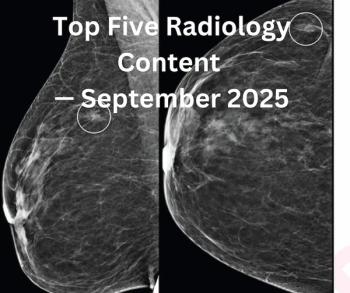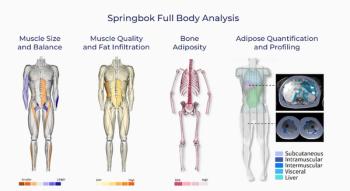
X-ray reveals Italian saint died from a cardiac embolism
An x-ray taken centuries after her death proves a well-known saint died from a cardiac embolism instead of tuberculosis, as was previously thought. The body of Santa Rosa, an 18- or 19-year old girl, was naturally mummified in the 13th century.
An x-ray taken centuries after her death proves a well-known saint died from a cardiac embolism instead of tuberculosis, as was previously thought. The body of Santa Rosa, an 18- or 19-year old girl, was naturally mummified in the 13th century.
Tuberculosis infection had been the accepted theory of her cause of death, but a detailed sample analysis found no signs of the disease in her lifetime. However, examination confirmed her whole torso did not develop properly, indicating she may have suffered from Cantrell’s syndrome, a rare condition causing defects involving the diaphragm, abdominal wall, pericardium, heart, and lower sternum.
In 1995, the anthropology section of the
Caption: Macroscopic aspect (A). Bifid tip due to diverticulum of left ventricle (arrow). Radiography of heart (B) shows deviated ventricular septum (red asterisk), left ventricular diverticulum (arrow), and thrombus (green asterisk). (Photo courtesy of The Roman Catholic Church via The Lancet)
A low-intensity x-ray showed a right deviation of the ventricular septum and the presence of a mass, probably a thrombus, between the apex of the left ventricle and the entry of the diverticulum.
“Ventricular diverticulum is one of the most common heart defects described in patients with Cantrell’s syndrome and is frequently associated with development of thrombus and subsequent embolization,” said Professor Ruggero D’Anastasio of the human movement sciences department at State University G. d’Annunzio and colleagues.
The authors concluded cardiac embolism was the cause of her death.
Newsletter
Stay at the forefront of radiology with the Diagnostic Imaging newsletter, delivering the latest news, clinical insights, and imaging advancements for today’s radiologists.



























